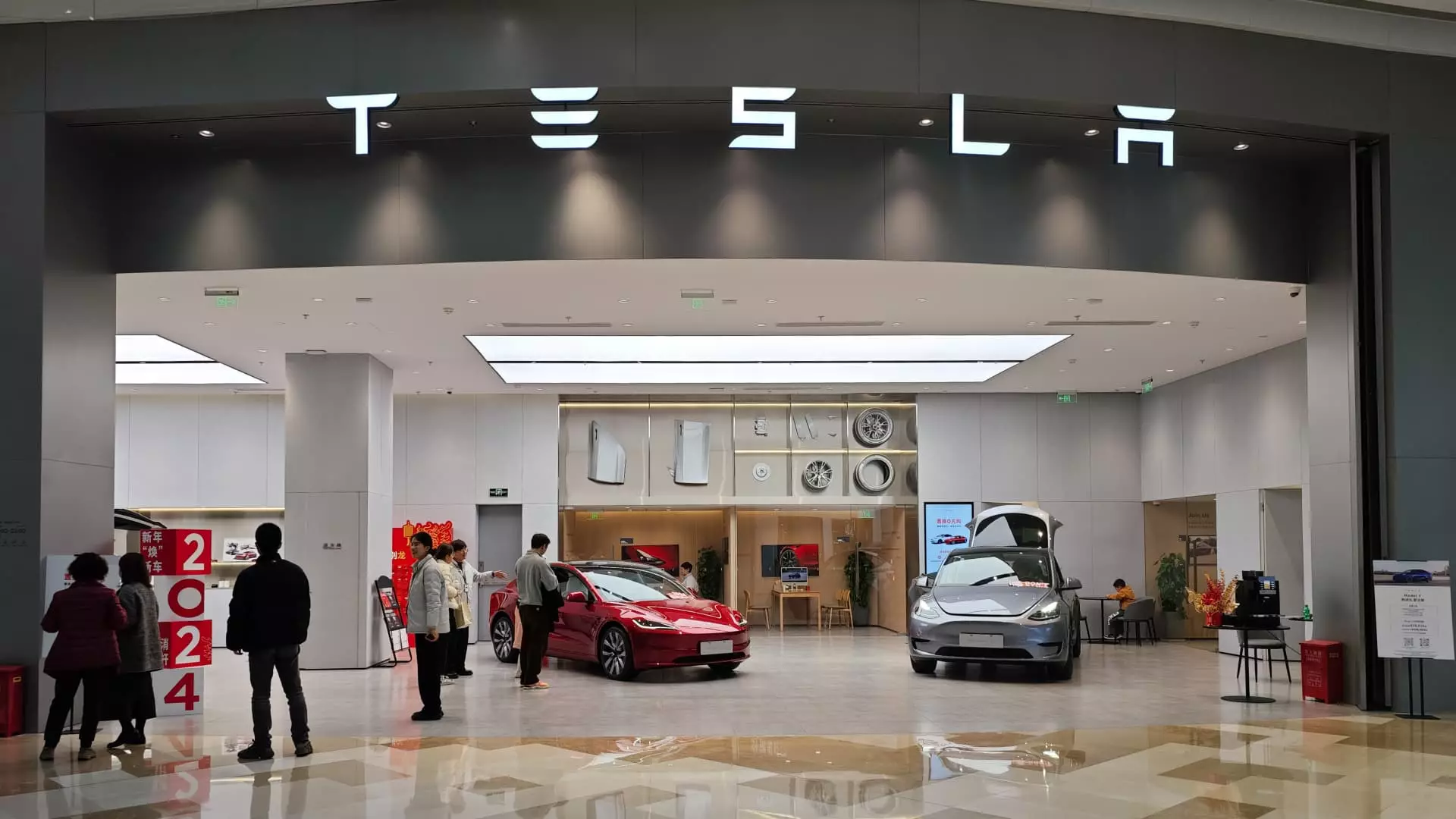Investment director Mark Hawtin from GAM Investment Management provided a critical viewpoint on Tesla’s progress towards rolling out its advanced driver-assistance feature in China. He emphasized that expectations surrounding Tesla’s Full Self Driving service are misleading, noting that it does not offer full autonomous driving capabilities as many are led to believe. Hawtin highlighted that the current assisted-driver capability being introduced in China is similar to what Tesla already offers in the U.S. and U.K.
Despite the limitations of Tesla’s Full Self Driving service, the market reacted positively to the news of its advancement in China. Tesla’s shares surged following the removal of restrictions by Chinese authorities, allowing for the potential launch of FSD in the country. This news led to a boost in Tesla’s stock price, driven by speculation around the company’s roadmap for implementing FSD in China and CEO Elon Musk’s plans to introduce more affordable models by 2025.
Hawtin emphasized that Tesla’s Full Self Driving service is not yet capable of truly autonomous driving. He estimated that it may take another five to ten years before Tesla achieves a version of FSD that can enable true autonomy. Additionally, Hawtin pointed out that Tesla’s reported deal with China’s Baidu may benefit Baidu more in the short term, given the intense competition in the Chinese market from companies like BYD, Huawei, Xpeng, Li Auto, and Xiaomi offering Level 2 autonomy technology.
It’s important to clarify that Tesla’s Full Self Driving is an upgrade to its existing Autopilot driver assistant system, not a fully autonomous driving solution. Tesla currently sells Level 2 driver-assistance systems under the FSD brand name, which falls short of Level 3 conditional automation where the system can handle all driving tasks, but a driver must still be present according to SAE standards. Despite offering FSD technology in China for several years, Tesla’s capabilities were limited to features like automated lane changing.
While Tesla’s advancements in bringing Full Self Driving to China may have sparked investor enthusiasm, it’s crucial to differentiate between the current assisted-driving capabilities and true autonomous driving technology. The road to achieving full autonomy is still a long way off, and the competition in the Chinese market remains fierce with multiple players offering advanced autonomous driving solutions. Investors and consumers alike should temper their expectations regarding Tesla’s Full Self Driving service and keep in mind the current limitations of the technology.


Leave a Reply